Rise in Lactose Intolerance Awareness
The increasing awareness of lactose intolerance among parents is driving the Dairy-Free Infant Formula Market. Many infants experience digestive issues related to lactose, prompting caregivers to seek alternatives. Reports indicate that approximately 65% of the population has a reduced ability to digest lactose after infancy. This has led to a growing demand for lactose-free and dairy-free options, as parents prioritize their children's comfort and health. The Dairy-Free Infant Formula Market is responding to this trend by offering a variety of formulations that cater to lactose-intolerant infants, thus expanding their consumer base. As awareness continues to rise, it is likely that the market will see sustained growth, with more innovative products being introduced to meet the needs of this demographic.
Shift Towards Vegan and Plant-Based Diets
The shift towards vegan and plant-based diets is significantly influencing the Dairy-Free Infant Formula Market. As more families adopt these dietary preferences, the demand for plant-based infant formulas is increasing. Data suggests that the plant-based food market is projected to grow at a compound annual growth rate of 11.9% through 2027. This trend is not only about personal choice but also reflects a broader societal movement towards sustainability and health consciousness. The Dairy-Free Infant Formula Market is adapting by developing products that align with these values, offering options made from soy, almond, and coconut. This alignment with consumer preferences is likely to enhance market penetration and foster brand loyalty among health-conscious parents.
Growing Demand for Organic and Non-GMO Products
The growing demand for organic and non-GMO products is shaping the Dairy-Free Infant Formula Market. Parents are becoming more discerning about the ingredients in their children's food, often preferring organic options that are free from synthetic additives. Market Research Future indicates that the organic food sector is expected to reach a valuation of over 300 billion by 2025. This trend is prompting manufacturers to invest in organic certifications and non-GMO sourcing for their dairy-free formulas. The Dairy-Free Infant Formula Market is thus likely to see an increase in product offerings that meet these criteria, appealing to health-conscious consumers who prioritize quality and sustainability.
Technological Advancements in Product Development
Technological advancements in product development are playing a crucial role in the Dairy-Free Infant Formula Market. Innovations in food technology are enabling manufacturers to create formulas that closely mimic the nutritional profile of traditional dairy-based products. Techniques such as microencapsulation and fermentation are being utilized to enhance the digestibility and nutrient absorption of dairy-free formulas. This is particularly important as parents seek alternatives that do not compromise on nutrition. The Dairy-Free Infant Formula Market is expected to benefit from these advancements, as they allow for the introduction of high-quality, nutritionally balanced products that can compete with conventional formulas, thereby expanding market reach.
Increased Regulatory Support for Allergen-Free Products
Regulatory bodies are increasingly supporting allergen-free products, which is positively impacting the Dairy-Free Infant Formula Market. Governments are implementing stricter guidelines to ensure the safety of infant nutrition, particularly for those with allergies. This regulatory environment encourages manufacturers to innovate and produce allergen-free formulas that cater to sensitive infants. For instance, the introduction of labeling requirements for allergens has led to greater transparency in the market. As a result, the Dairy-Free Infant Formula Market is likely to benefit from enhanced consumer trust and increased sales, as parents feel more secure in choosing products that meet stringent safety standards.


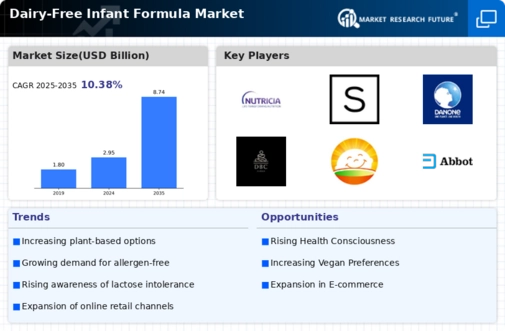
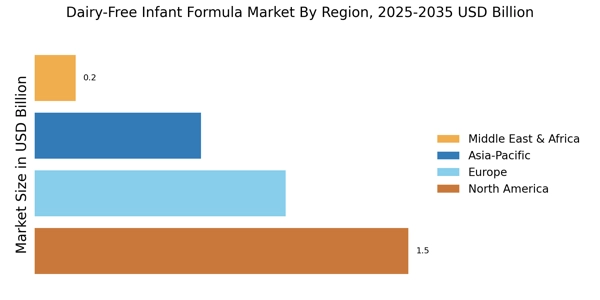

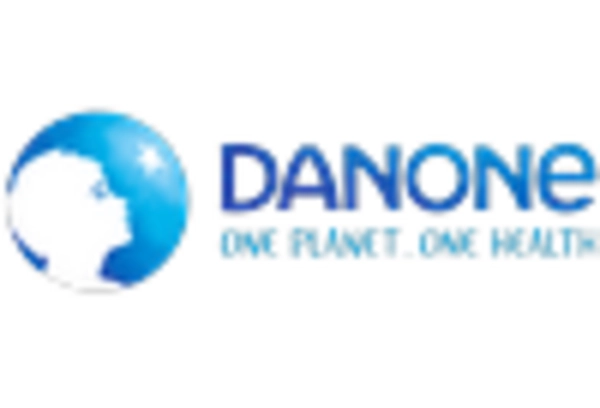
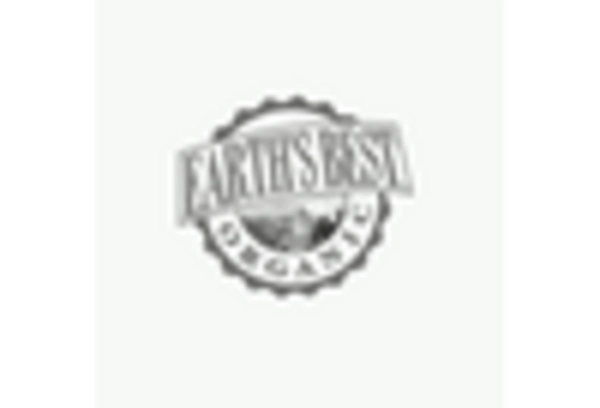
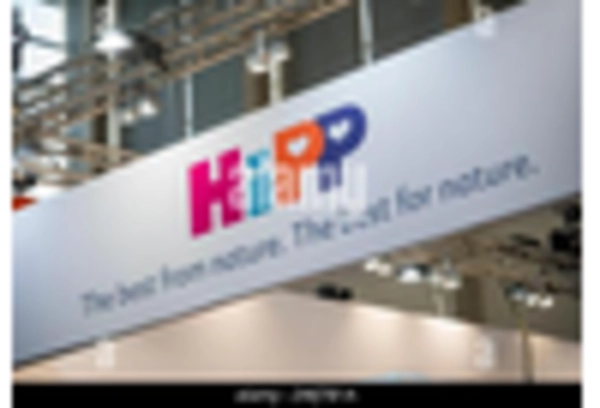
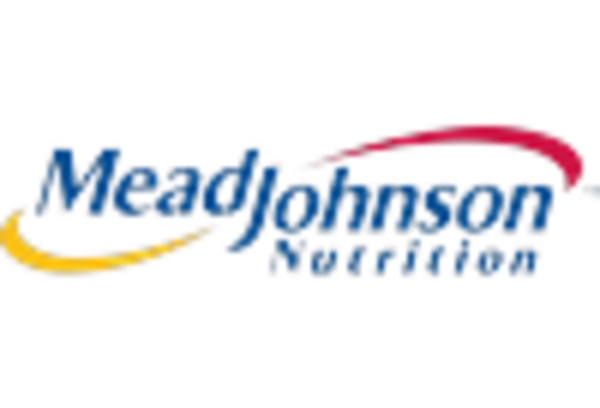
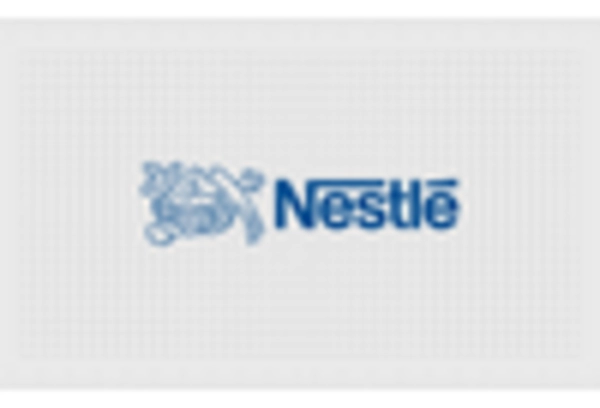








Leave a Comment